How to land in basketball
Jumping and Landing Techniques: What goes up must come down!
Every basketball game begins with a jump ball. Whether shooting a jump shot, taking off for a lay-up, rebounding a basketball or blocking a shot, jumping and therefore, landing is integral to the game of basketball. What goes up must come down!
Proper jumping and landing techniques will help reduce the risk of injury and improve jumping ability.
The muscles of the hips (gluteals), knees (quadriceps and hamstrings) and ankles (calves) that improve the height of the jump are just as important when landing from a jump. In order for these muscles to work their best, athletes can use a movement strategy that begins with unlocking the hips first (hip strategy) and continues with timely bending of the hips, knees and ankles. This is followed by straightening the joints, known as triple extension, to create the power to jump high.
Taking off and landing with a knee strategy, where movement is initiated with the knees first, places increased strain and stress on the ligaments, cartilage, tendons, and bones of the knee joint, as well as the back, hips, and ankles.![]() This can lead to traumatic injury of the ACL, pain in or around the kneecap or tendons of the knee, to name a few. Using an improper knee strategy also causes the muscles to work harder than necessary. Strong muscles will allow the individual to generate enough power to jump high and provide the shock absorption necessary to land softly. Weak muscles don’t absorb well and the force instead is transmitted to the joints that these muscles were meant to protect – the hips, knees and ankles.
This can lead to traumatic injury of the ACL, pain in or around the kneecap or tendons of the knee, to name a few. Using an improper knee strategy also causes the muscles to work harder than necessary. Strong muscles will allow the individual to generate enough power to jump high and provide the shock absorption necessary to land softly. Weak muscles don’t absorb well and the force instead is transmitted to the joints that these muscles were meant to protect – the hips, knees and ankles.
Before beginning a jumping program, here are a few things to consider:
- Learn proper movement strategies
- Stand with your back facing a wall and gently tap your buttock to learn how to unlock hips
- Practice squatting into a chair and jumping and landing from that position
- Build strength to support the movement, create power, and absorb landing forces
- Train the gluteal/ buttock muscles with bridging
- Train the quadriceps muscles with a leg press to build strength in each leg and then move on to squatting
- Train the calf muscles with heel raises off the edge of a step
- Demonstrate flexibility to move with ease
- Try foam rolling
- Stretch the hips and ankles as well as the buttocks, hip flexors, quadriceps, hamstrings, and calves
- Begin on 2 legs before jumping and landing on 1 leg
Theresa Chiaia, PT, DPT
Theresa Chiaia is the Section Manager of the James M. Benson Sports Rehabilitation Center and Tisch Sports Performance Center at Hospital for Special Surgery. She has been part of the HSS Women’s Sports Medicine Center since its inception and has guided athletes of all levels along the road to recovery and a successful return to competition. Along with her colleague, Polly de Mille, Theresa has developed a Quality of Movement Assessment (QMA) to aid in the return to play decision making process.
Benson Sports Rehabilitation Center and Tisch Sports Performance Center at Hospital for Special Surgery. She has been part of the HSS Women’s Sports Medicine Center since its inception and has guided athletes of all levels along the road to recovery and a successful return to competition. Along with her colleague, Polly de Mille, Theresa has developed a Quality of Movement Assessment (QMA) to aid in the return to play decision making process.
HSS Youth SafetyJunior Knicks
Basketball – Jumping and Landing – HGmovehealthy.eu
EXPLANATION OF THE ROUTINE
The routine consists of varies fundamental movement skills, such as jumping & landing. In this routine the players are going to attack and defend and perform jump landing skills within three different levels.
PREPARATION
- Square field (e.g. basketball half or full court)
- 2 boxes
- 1 ball
- 1 circle (or selected material to define the task-area)
- 2 pieces of any other equipment that helps to perform jumping and landing exercises
EXECUTION OF THE ROUTINE
In this routine, the primary context is a basketball court where basketball coaches regularly perform the practice sessions at a club.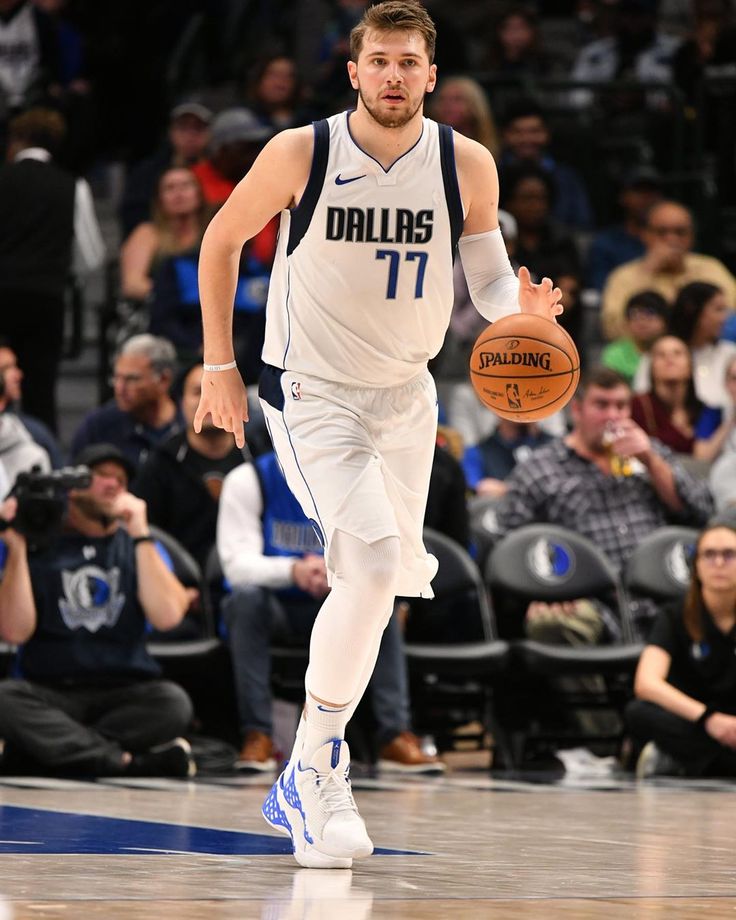 The routine can be used as warming-up for different types of goals in basketball (i.e. make space dribbling, fake movements, defending, attacking, scoring, etc.).
The routine can be used as warming-up for different types of goals in basketball (i.e. make space dribbling, fake movements, defending, attacking, scoring, etc.).
ADDITIONAL INFORMATION: HOW DO WE REACH OPTIMAL MOTOR LEARNING AND APPLY SELF-DETERMINATION?
- Decision making will stimulate adaptive motor control: Multidirectional skills in an open unpredictable environment are incorporated, defender/attackers must anticipate/react depending on quick changes in the environment (e.g. other players, cone color change, ball).
- Implicit motor learning: Players will need to pay attention to the constantly changing environment and implicit learning is stimulated with the analogies/external focus examples of instructions/feedback to improve body posture while performing jump landing tasks.
- Challenge/Fun: Beating the opponent (challenge) to collect a winning point (fun/gamification by making this a game: most scored points, best performed jumps, chosen for most difficult jumps).
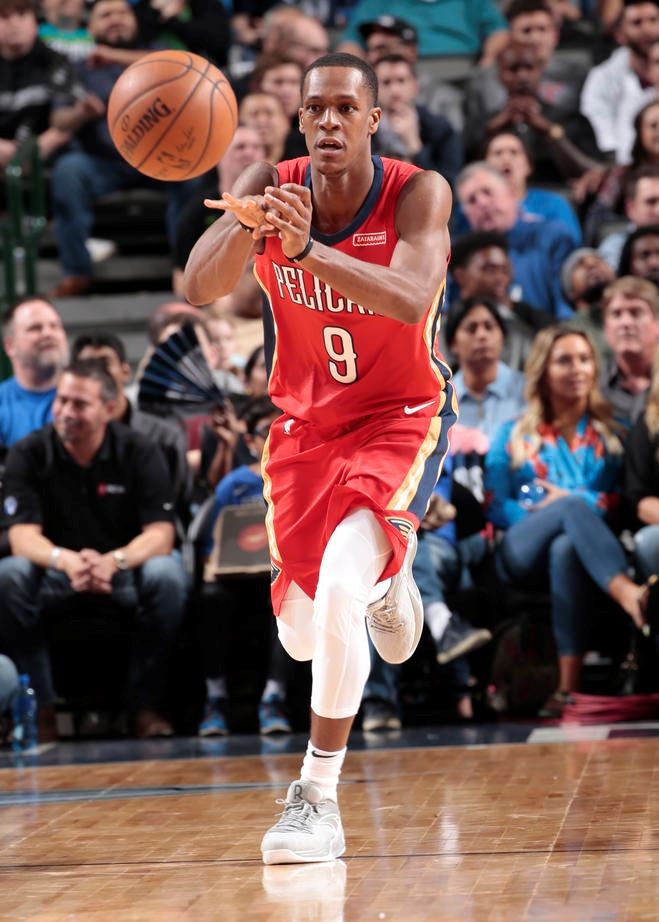
- Motivation: Enhanced by providing autonomy and replicating various realistic in game situations (tasks, goals, scores, defender/attacker) stimulating a safe challenge between players (e.g.: give a point when successfully defended will increase the competition between players).
- Autonomy: Make the players choose or control different aspect of the play (e.g.: role attacker/defender, which jumps or landing to do).
- Competence: Feeling of competence is created by giving the player option to choose a variation of the routine (by means of level or material).
- Relatedness: Feeling of relatedness is created by the sport specificity with their peers + by feeling most related by which option they have chosen from.
- Differentiation (age/difficulty): The routine is made in order to be easily adapted by the coach for various players ‘needs.
POSSIBLE VARIATIONS
- Make ‘moving optimally’ a game.
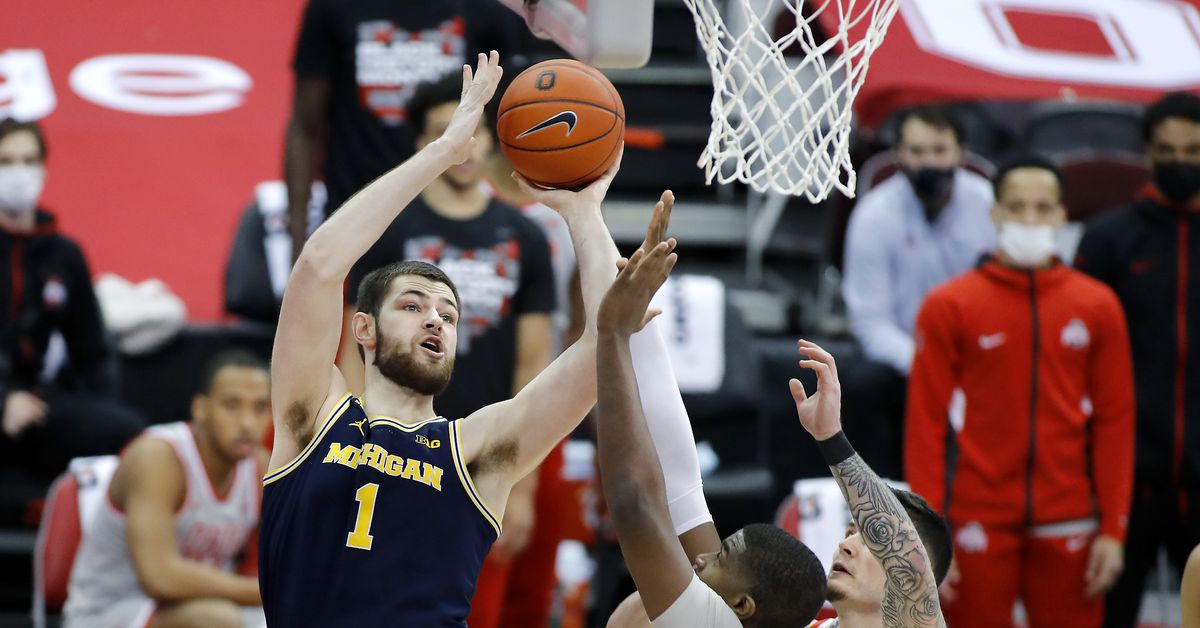 That means player A and/or D can get points by landing correctly (in terms of landing technique for the prevention goal – coach will observe).
That means player A and/or D can get points by landing correctly (in terms of landing technique for the prevention goal – coach will observe). - Adding time pressure: whoever/which team scores most goals (point) within that time?
- Use different balls (players can choose from e.g. a basketball, handball, tennis ball).
- We suggest enhancing the challenge also to award points with a good rebound (before that the ball hit for the first time the ground). This challenges the players to perform landings in unexpected situations with time pressure.
- From bottom line position players B & C are facing each other while performing jumping/landing movements, this can be with or with our boxes.
- Players B and C can get inside the court and fight for the rebound when player A leaves the task area (yellow circle) in order to perform a jump shot.
- Player A can start the in-game situation whenever he/she would like.
- Player A can dribble freely in the yellow task-area (coach can define the task-area with a common tape, in order to have no interference with the game) while paying attention to players B and C.
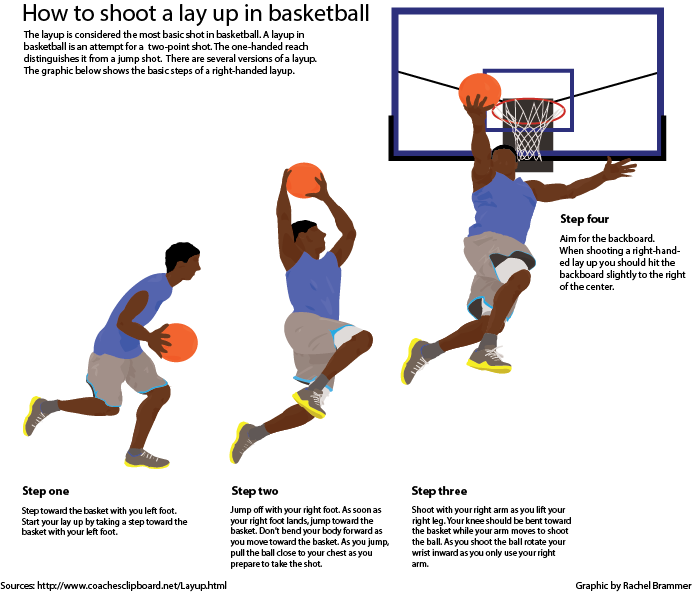
- Players B and C are performing jumping-landing movements, this can be anything like squat jumps, jump lunges, skater jumps, rotational jumps, varying landing on one or two legs.
- Players B and C can decide which jump-landing type they’ll do and when they enter in the field to rebound the ball after their jump-landing task.
- As soon as player B or C runs into the field, player A can stop balling and can perform the jump shot.
- Players B and C rebound the ball before it hits the ground, which will create a jump-landing task.
- After the rebound (for example player C receives a rebound), the player who collects the ball must make has to make a decision who is his teammate for the next play (in this case A or B) and pass the ball to that player (let’s say A). After the pass player C must run to the three point line and receive the pass from A. Then, A and C play 2 on 1 against player B. After the play is finished players move to the initial positions of exercise in clockwise manner.
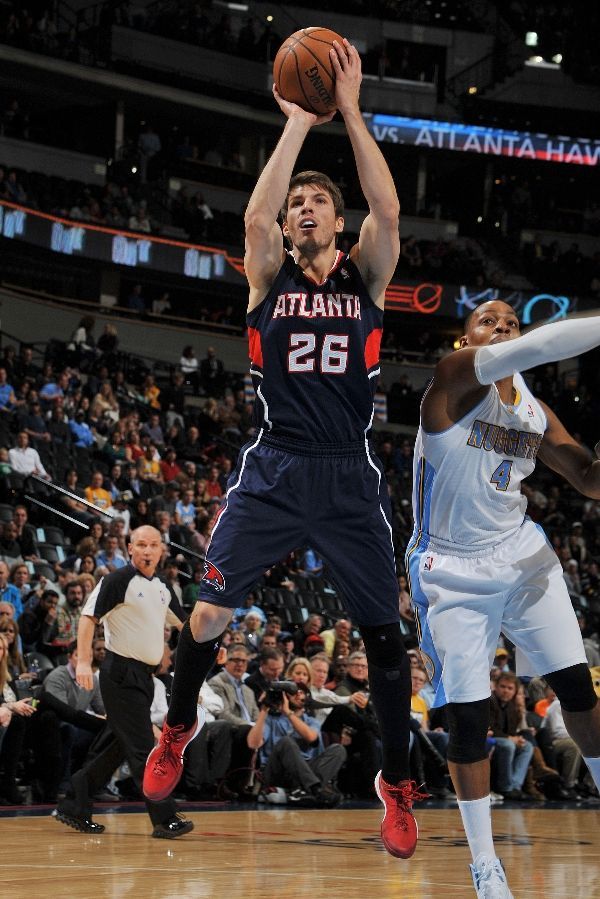
- Player A can dribble freely in the designated area (coach can define the task-area with a common tape, or use actual lines of the court) while paying attention to players B and C who are performing jump and landing exercises. Player D acts as defender to player A.
- Player B and C perform different jump-landing movements at their starting position before going to rebound the ball into the field.
- Player B (or C) replicates jumping/landing movements from players (B&C) at the bottom line: i.e. player B initiates the jump-landing movements and C mimics what B is doing. For B this creates autonomy/fun: he can decide what jump-landing to perform! For C now the jump-landing become unanticipated.
- B initiates when the jump-landing movements are finished and initiates entering the field.
- As soon as players B or C run into the field, player A can dribble to designated area and performs the jump shot.
- Players B and C fight for the rebound.

- After the rebound, the player who collects the ball (let’s say C) must make a pass to the player of his choice (A, D or B) and run towards opposite basket. Player who received the ball (let’s say A) must make long pass the player C. Other two players must adjust to be defenders. After receiving (preferably receiving while jumping) the players C dribbles the ball back to the initial basket and play 2 on 2 against D and B.
what muscles to pump, an example of training, records
Jump training in basketball is the most important element of preparation. A basketball player must have many qualities, including good jumping ability. This is especially important in modern basketball, because the average height of players has increased significantly over the past decades. In this article, we will look at everything related to a basketball jump: what elements this action consists of, what muscles in the human body work when it is performed. Also here is information about training: how to practice and what exercises to perform in order to bring your jumping technique to perfection and increase your height.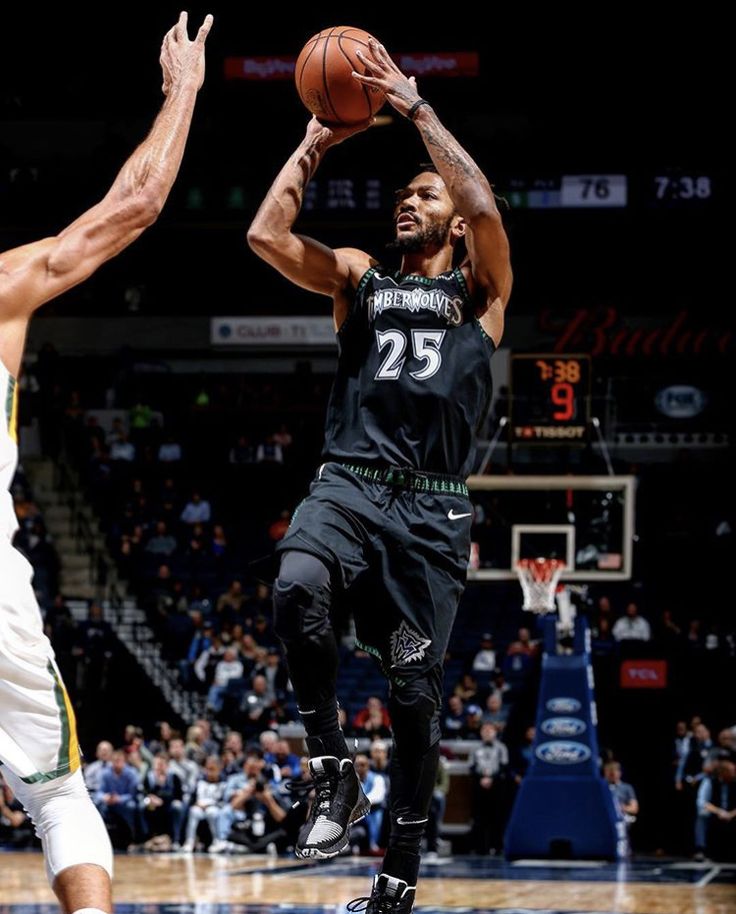
How successful the jump will be depends on the strength of the repulsion, but it is equally important to observe the correct technique. It is not enough to deliver equipment once, it must be constantly developed and improved. Jumping training has a positive effect on overall physical fitness and health. With different jumps, different muscle groups are involved, a variety of workouts ensures uniform physical development.
What muscles work?
The decisive factor is the strength of the jerk, the impulse that the body is able to put into action. To understand how to increase the high jump in basketball, you need to understand which muscles will be involved.
Most of the load will be on the legs, more specifically the quadriceps and calf muscles. The largest muscle group in the human body is the front of the thigh. It depends on her how the repulsion will occur and what it will be. However, the calves are also not inactive. First of all, it is necessary to work on these muscles, since they take direct movement in repulsion.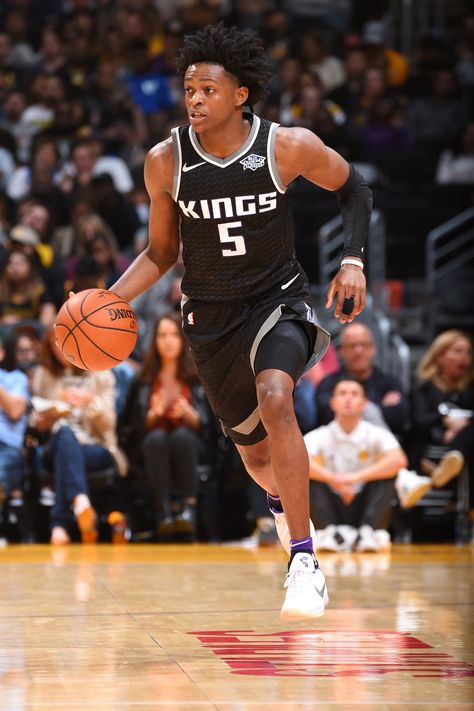 The tension will go from the lower leg up to the thigh, the work will go not only to large groups, but also to small stabilizing muscles in the abdomen and back. That is why in jumping training there are always exercises aimed at developing the muscles of the back and abdominals.
The tension will go from the lower leg up to the thigh, the work will go not only to large groups, but also to small stabilizing muscles in the abdomen and back. That is why in jumping training there are always exercises aimed at developing the muscles of the back and abdominals.
How to improve your jump?
A beginner basketball player has a lot to learn. If you are wondering where to start, then refer to the article "How to learn to play basketball?".
Beginners often think that the exercises are effective in themselves, and the frequency and order of their implementation does not really matter. This is a delusion, classes in an arbitrary schedule will not bring the expected effectiveness. The Air Alert program has been developed specifically to increase the height of the jump.
It was created by TMT Sports and is now considered one of the best for basketball.
The creators predict progress and make tempting promises. For 15 weeks of training, the jump will be increased by an average of 25-30 cm. The exact numbers depend on age and other characteristics of the body. To achieve success, you need not only to train, but also to adhere to the correct regimen: eat well, get enough rest and recover, sleep soundly.
The exact numbers depend on age and other characteristics of the body. To achieve success, you need not only to train, but also to adhere to the correct regimen: eat well, get enough rest and recover, sleep soundly.
Schedule
Periodicity is very important, which is why you should follow the program. Air Alert is designed for four months of classes according to the prescribed schedule. Training takes place three times a week. Without a serious approach, success will not work, each pass affects progress.
A warm-up is required before each session. Warm-up exercises are chosen arbitrarily, but they must effectively warm up all the muscles. It is recommended to use running in place and jumping rope. The warm-up should last at least 3-5 minutes. Not only productivity depends on it, but also the safety of the lesson. If you perform sharp jumping movements without preparation, you can get injured.
Stretching
Not only warming up is important for the muscular system, but also stretching.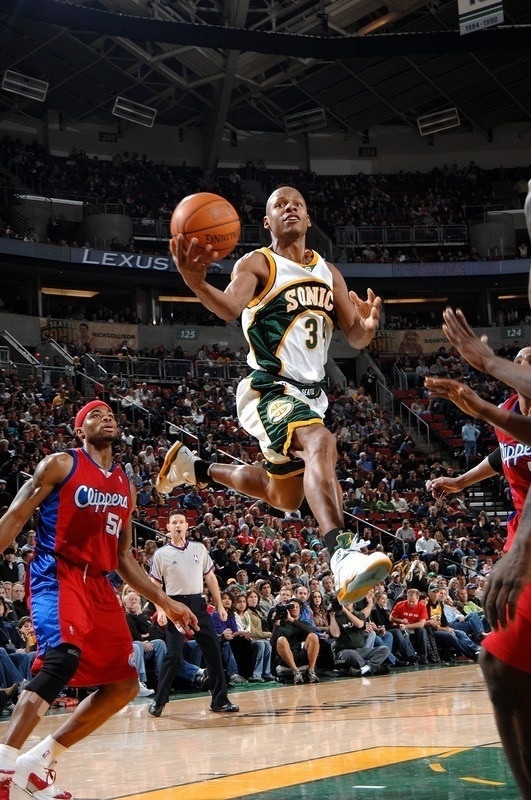 This is especially important for the muscles involved in jumping. To stretch the calf muscles, variations of step-ups are used, when one leg is set on a hill, and the hand tries to reach the floor. To stretch the anterior thigh muscle, you need to put your foot on a chair and begin to reach for it with your body. To increase the elasticity of the muscles and tendons under the knees, the simplest inclinations are enough.
This is especially important for the muscles involved in jumping. To stretch the calf muscles, variations of step-ups are used, when one leg is set on a hill, and the hand tries to reach the floor. To stretch the anterior thigh muscle, you need to put your foot on a chair and begin to reach for it with your body. To increase the elasticity of the muscles and tendons under the knees, the simplest inclinations are enough.
Training program
With it you will quickly understand how to learn to jump high in basketball and what technical aspects need to be improved.
High jump:
- starting position - feet shoulder width apart;
- jump as high as you can;
- land and crouch, about a quarter.
This must be done very quickly. You need to jump quickly and often to touch the ground for only a few fractions of a second. In this case, it is necessary to feel that the thigh muscles receive more tension than the muscles. Control that during the jump and landing the knees do not bend, this is an important point.
Control that during the jump and landing the knees do not bend, this is an important point.
Toe raises:
- stand on a low platform so that the heels do not touch the floor;
- first rise on the toe of one leg, then the other;
- while lifting, the arms are pulled up.
Performed by sets of the maximum possible number of repetitions, between sets rest no more than 30 seconds.
Step-ups:
- in the initial position, one leg stands on a hill, the height of which is approximately knee-deep. Ideal chair;
- push off the floor with the supporting leg, jump up and change legs in the air;
- immediately do the same.
When performed regularly, increases stretch and explosive strength, these qualities are essential for a basketball player.
Toe jumps:
- feet shoulder width apart, back straight;
- stand on toes;
- push off and jump using only calf strength;
- do sets as many times as possible.

Rest between sets for this exercise can be no more than one minute. The secret to the effectiveness of bouncing on your toes is to bounce as high as possible and stand on the ground as little as possible. You also need to try to do it as quickly as possible, then contact with the floor will be minimal, and efficiency - as high as possible.
Burnouts:
- take a semi-squat position and rise on your toes;
- jump from this position;
- land strictly on the toes, do not roll on the heels, this aspect must be constantly monitored.
When performing this exercise, the main thing is speed. Already after the first time you will understand what the name is due to. It is related to the sensations that you will experience in the process. If everything is done correctly, then a strong burning sensation will be felt.
Relaxation:
- the final element of the program, stretching exercises, serve as a hitch;
- are performed in descending order of intensity.
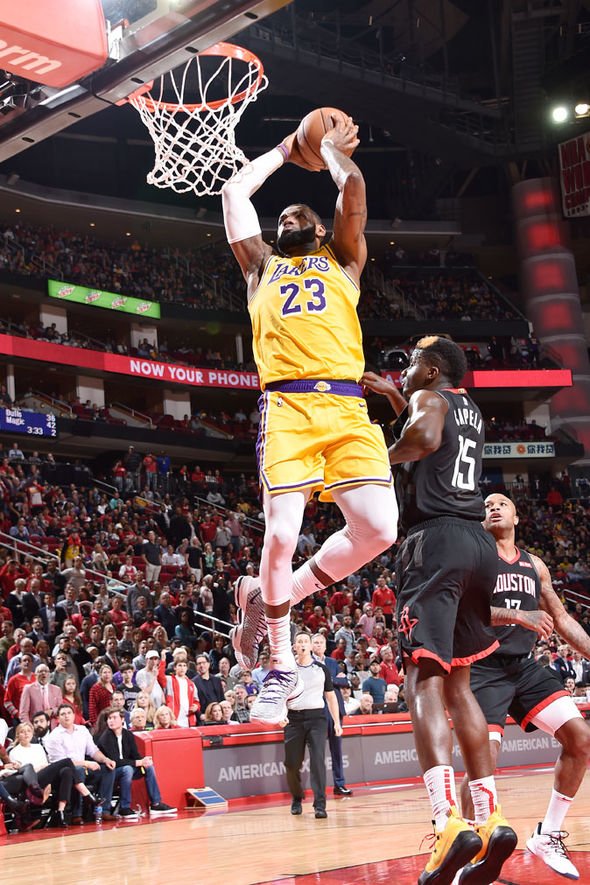
Relaxation must be complete in order to completely get rid of muscle tension.
When performed three times a week, the program will significantly increase the height of the jump. This is important for every basketball player, especially for those who lack height. You can learn more about the height of players from the material "How tall is it better to go to basketball?".
Jump stop
In parallel with the Air Alert program, other technical elements must be practiced. Jump stop is related to jumping technique. This is a technique that is included in the number of attacking actions. An abrupt stop provides a basketball player with many advantages, it allows you to get out of the tutelage of an annoying opponent, it introduces unpredictability into the game, it provides space for a good pass or an accurate shot.
It is necessary to learn how to land correctly: with a jump or two jumps. In a jump stop, the ball can not be used, but it is better to use it anyway. First, the player gains good speed, then pushes off with his foot and makes a wide jump in the direction of travel, at which time the shoulders are retracted. Landing occurs on one leg or two at once. If on one, then the landing occurs first, then the second leg is fixed. The torso should turn half a turn towards the leg that remains behind, at the moment it is the supporting one, it accounts for most of the body weight. This twist will help you keep your balance.
First, the player gains good speed, then pushes off with his foot and makes a wide jump in the direction of travel, at which time the shoulders are retracted. Landing occurs on one leg or two at once. If on one, then the landing occurs first, then the second leg is fixed. The torso should turn half a turn towards the leg that remains behind, at the moment it is the supporting one, it accounts for most of the body weight. This twist will help you keep your balance.
As a result, the basketball player achieves a decrease in horizontal speed by diverting momentum in the vertical direction. This is made possible by such a jump. It is worth mastering it in order to become more unpredictable on the site.
World Records
Outstanding basketball records related to jumping are impressive, they show what the human body is capable of. All basketball players jump well, but some do it just amazing. Michael Jordan received the unspoken title of "His airiness", as his fans called him.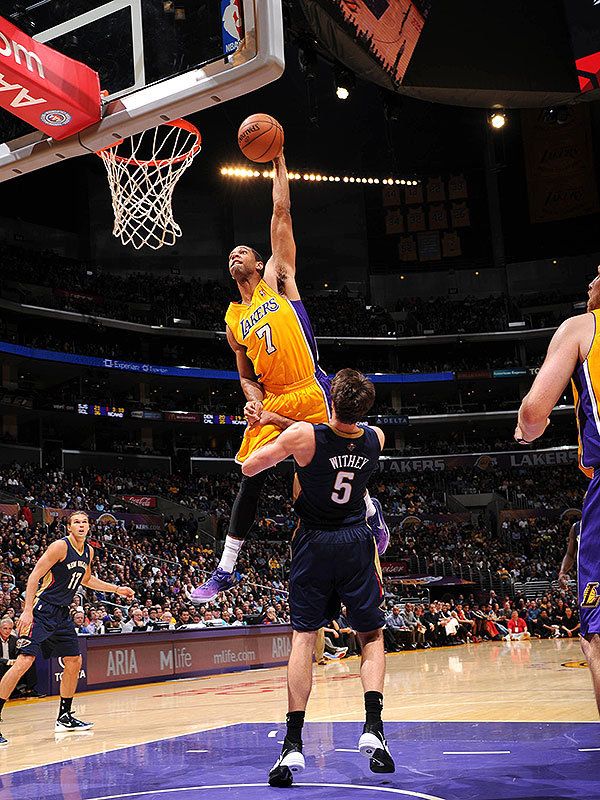 The legendary player did the impossible, his jumps are still considered record-breaking.
The legendary player did the impossible, his jumps are still considered record-breaking.
In 1987 and 1988 he outdid everyone and even himself by jumping 121.92 centimeters. Jordan has many achievements, this is just one of them, but it is impressive. Another athlete managed to get to such a bar, this is Darrell Griffith. Unlike Jordan, he is little known, so this fact is not so common. Although the record was set before the Jordan era, in 1980. Now only those who are seriously interested in basketball know about Griffith.
Everyone can achieve impressive results, the height of the jump is a skill that develops with time and practice. Mastery of the skill does not depend on the level of the athlete - professional or amateur, but on the diligence that he puts into training the basketball jump. In this article, an effective program was given, with strict adherence to it, it will achieve results.
In addition to training, you need to monitor nutrition so that the body receives enough calories and nutrients. Any training for explosive strength takes a lot of energy, its reserves must be renewed. We must not forget about the warm-up and stretching, they are also among the components of success.
Any training for explosive strength takes a lot of energy, its reserves must be renewed. We must not forget about the warm-up and stretching, they are also among the components of success.
Basketball vertical jump | Basketball Blog for Beginners
Basketball power dunking is one of the most spectacular moves a basketball player can do in the game.
Every young basketball player wants to learn how to effectively throw the ball into the basket, but not everyone can do a high vertical jump in basketball .
If you, my dear reader, are having trouble jumping to the rim of a basketball basket, then it will be good for you to know that there is a sports science in modern basketball (an entire branch dedicated to the art of jumping high).
This science is called plyometrics. In this article, we will learn the basic concepts and some exercises to improve your basketball vertical jump.
What is Plyometrics?
Plyometrics is a type of training that aims to improve muscle strength - the ability to generate strength quickly. It may not improve maximum muscle strength, but it will definitely increase the reaction speed of a basketball player.
It may not improve maximum muscle strength, but it will definitely increase the reaction speed of a basketball player.
When a player makes a vertical jump in basketball, his muscles go through two stages:
1) Legs bend (the muscle contracts eccentrically, lengthens). During this stage, energy is stored in the muscles;
2) Immediately after the bend, the legs are extended to lift the basketball player's body into the air. The jumping player's muscles contract. As a result of the jump, energy is released.
Basketball plyometrics are designed to shorten the time between these two phases and increase the amount of energy in your muscles so you can jump higher towards the basketball hoop.
Improving vertical jump in basketball with simple plyometric exercises!
Through regular and correct plyometric exercises, you can double your vertical jump. Let's take a look at some of the most useful exercises for basketball practice.
We put straight legs shoulder-width apart, hands at the sides in a neutral position. We bend our legs slightly and direct the body up, we also raise our hands above ourselves in order to get additional momentum during repulsion. At the highest point of the jump, quickly put your knees to your chest and wrap your arms around your shins. We release our legs, straighten them and land on our toes.
We bend our legs slightly and direct the body up, we also raise our hands above ourselves in order to get additional momentum during repulsion. At the highest point of the jump, quickly put your knees to your chest and wrap your arms around your shins. We release our legs, straighten them and land on our toes.
Repeat 8-10 times without rest. After a short practice, you will be able to jump higher, which means you will stay in the air longer. Try to do the exercise at a dynamic pace.
In the first week of training, do no more than two sets at a time. The exercise should be performed at the maximum pace. Your speed will improve over the coming weeks. Keep your weight centered, focus on your primary task, relax your arms and keep your back straight.
Basketball players, don't forget the following tips from Pro-Basketball.Ru
1) Always do a good warm-up, because the muscles are stretched when they are warm.
2) Basketball vertical jump is best practiced on an unstable floor (weather permitting, low grass is ideal), as landing on a hard floor can destabilize the ankles.